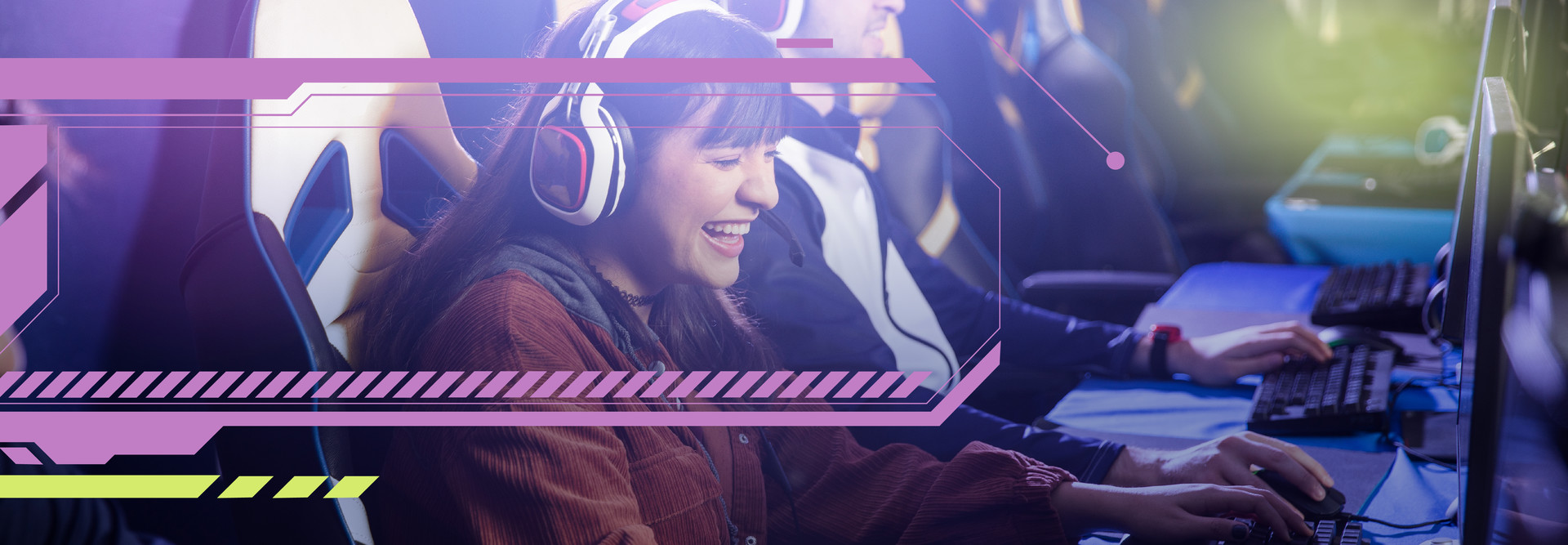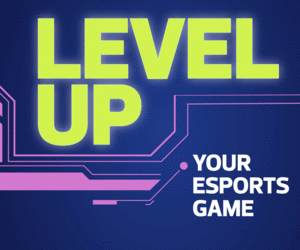Several factors may be contributing to the scarcity of female players, including how those players view the industry. In K–12 esports settings, school coaches can monitor players’ interactions and report any inappropriate comments an opponent makes, and there will likely be consequences. At nonacademic esports events, which are less regulated, verbal harassment can be a concern, Hodge says, giving female players of various ages the impression the gaming community isn’t particularly welcoming.
“It’s a very toxic environment for female players,” she says. “We don’t see a lot of female representation in professional or collegiate esports. It’s hard to get many females to say, ‘Hey, let me get really good at this game that I know has a toxic community — or if I talk, I’m going to be talked down to like I’m subhuman.’ People don’t want to sign up for that.”
Examples and Encouragement Could Help Pique Girls’ Interest
More women are involved in the sport now than in the past. When professional esports athlete EMUHLEET began participating in events around 2005, she says, she was often one of the only females present.
“There was a lack of other girls who wanted to compete and not just be a fan, and that’s probably because there weren’t very many women figures to look up to who were gamers,” she says. “Slowly, we’re starting to see all these amazing women putting their foot in the door and really paving the way for young girl gamers.”
EMUHLEET is currently part of an all-women’s team she formed in 2014. In recent years, increased global investment and involvement have drawn attention to gaming in general, as well as esports. EMUHLEET says several years ago fewer people viewed esports in the same capacity, if they were even aware of it.














